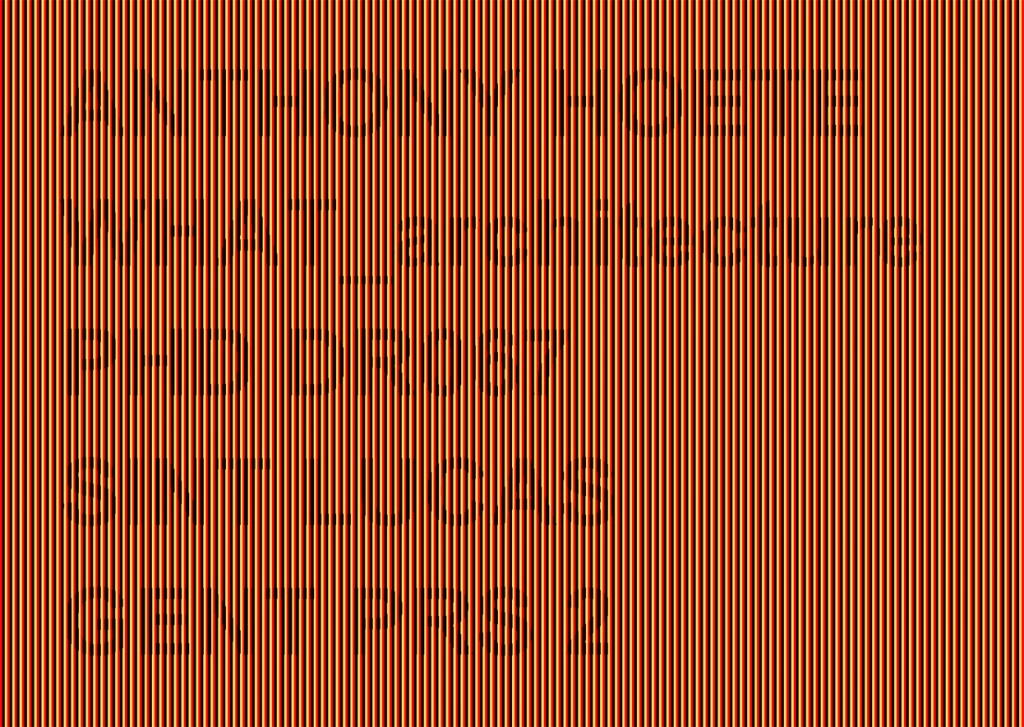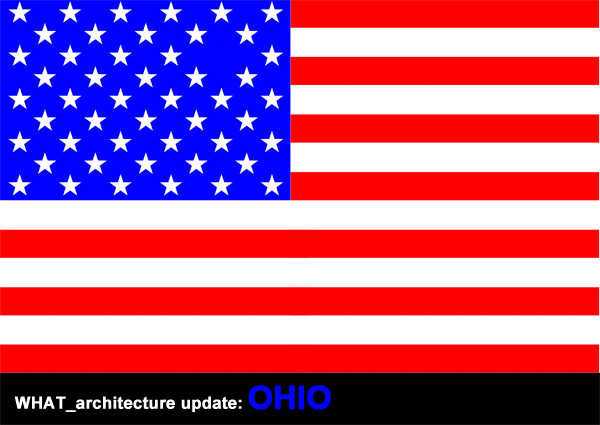000off_STARTUP CAPITAL CITY:

 Old Street, new media city? As we stare out of the WHAT_architecture office window and survey the ‘Tech City Silicon Roundabout’ that, this week, was trumpeted from a unified PM and Mayoral bandwagon, we wonder if the redevelopment of the Old Street roundabout will really accelerate (East) London’s ambitions to become Europe’s startup capital? Of course you need financial capital to become a capital city and this roundabout has for some time been a mobility centrifuge of commerce and creativity. Those that walk past our office window have for sometime been readily characterised (chastised?) by their attire as much as their direction: ‘bankers to right, hipsters to the left’.
The snappy designation of Old Street Roundabout as “Silicon Roundabout” can be traced to Dopplr’s Matt Biddulph who, in 2008, defined it as “the ever-growing community of fun startups in London’s Old Street area”. Using Biddulph’s Google map as a cue, Wired Magazine then used its readership too crowd source, populate and produce it’s own map of the Shoreditch ‘Ditcherati’ which was featured in the January 2010 issue.
There are other European cities however with startup capital city aspirations. In the same week as Boris and Dave powerpointed an artist’s impression (read architectural perspective), the Guardian headlined a story on ‘How poor but sexy Berlin has tapped talent to be Europe’s startup capital…’ with an image of the founder of the online gaming company Wooga (who’s Alexanderplatz office bears an uncanny cartoon resemblance to one of their own games). London vs Berlin? Silicon Roundabout vs SiliconAllee? Game on!
Old Street, new media city? As we stare out of the WHAT_architecture office window and survey the ‘Tech City Silicon Roundabout’ that, this week, was trumpeted from a unified PM and Mayoral bandwagon, we wonder if the redevelopment of the Old Street roundabout will really accelerate (East) London’s ambitions to become Europe’s startup capital? Of course you need financial capital to become a capital city and this roundabout has for some time been a mobility centrifuge of commerce and creativity. Those that walk past our office window have for sometime been readily characterised (chastised?) by their attire as much as their direction: ‘bankers to right, hipsters to the left’.
The snappy designation of Old Street Roundabout as “Silicon Roundabout” can be traced to Dopplr’s Matt Biddulph who, in 2008, defined it as “the ever-growing community of fun startups in London’s Old Street area”. Using Biddulph’s Google map as a cue, Wired Magazine then used its readership too crowd source, populate and produce it’s own map of the Shoreditch ‘Ditcherati’ which was featured in the January 2010 issue.
There are other European cities however with startup capital city aspirations. In the same week as Boris and Dave powerpointed an artist’s impression (read architectural perspective), the Guardian headlined a story on ‘How poor but sexy Berlin has tapped talent to be Europe’s startup capital…’ with an image of the founder of the online gaming company Wooga (who’s Alexanderplatz office bears an uncanny cartoon resemblance to one of their own games). London vs Berlin? Silicon Roundabout vs SiliconAllee? Game on!
 http://www.guardian.co.uk/technology/2012/dec/06/berlin-boom-new-silicon-valley#start-of-comments
http://www.guardian.co.uk/technology/2012/dec/06/berlin-boom-new-silicon-valley#start-of-comments
000off_survey monkey business
In our informational age, statistics and data have been increasingly deployed as architectural strategies to legitimise design activities. The datascapes of MVRDV, for example, analyse the contemporary city in terms of pure information: “a city that knows no given topography, no prescribed ideology, no representation, no context. Only huge, pure data”. The MetaCity/DataTown project was positioned on the threshold between data visualisation and urban planning and attempted to provoke new architectural and urban thinking. The manipulation of data in a spatial manner with the accompanying all-persuasive power of numeracy means statistics has also be found to bolster weak arguments too. Mark Twain’s phrase “Lies, damned lies, and statistics” exposes the interpretative nature of statistics.
Today SurveyMonkey proclaims itself as the world’s most popular online survey tool yet in its name recognises that in the retrieval of data and information as a means of consultation validation there is an element of monkey business.
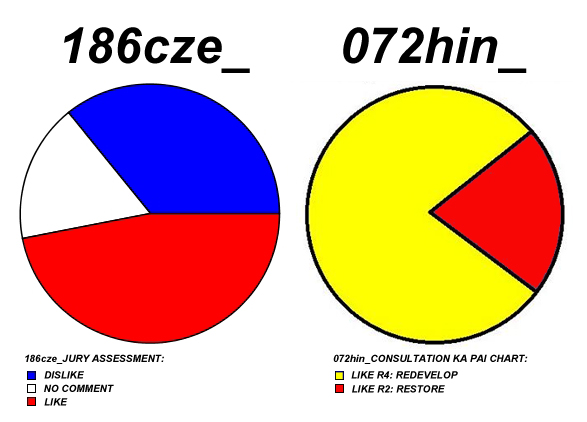


000off_EMPLOYED?
 A survey conducted by BD has revealed that 22% of qualified architects in the UK are currently unemployed. The survey included fully qualified architects as well as graduates who are still in training, and paints a bleak picture of the current state of the British architecture industry. Other trends which the survey highlights are a reduction in job security as many architects move to freelance work to stay active, and an average 30% wage reduction for those still in employment.
A survey conducted by BD has revealed that 22% of qualified architects in the UK are currently unemployed. The survey included fully qualified architects as well as graduates who are still in training, and paints a bleak picture of the current state of the British architecture industry. Other trends which the survey highlights are a reduction in job security as many architects move to freelance work to stay active, and an average 30% wage reduction for those still in employment.
179boo_quick flick
This RMIT Interview between Martyn Hook and Anthony Hoete was first published on blablablarchitecture:
MH: What book?
Ah!: Dictionary/cookbook/atlas/novel/encyclopaedia/magazine/web blog in print?
MH: Why a book?
Ah!: Thesis/physical object/snapshot.
MH: Who wrote this book about?
Ah!: WHAT_architecture: MagdAh! MH: When will the book be published? Ah!: It’s not one book: but a sequence of books that result in one final tome: !? By way of example here is a pre-book: a pamphlet which is a quick flick through a project primed in it’s Arabasic version. MH: Looks like a glossy brochure. Ah!: Yep, let’s rip it up and start again… must do better! Ah! … for example, if we build on these book examples we at least develop the plot:
411acq_PYLON (FILM 2013)
WHAT_architecture confirmed as the official architects to ‘PYLON’ forthcoming feature film for general release in 2013.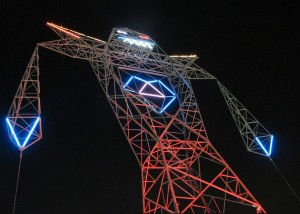 So with a synopsis-trailer for this political thriller currently be edited for marketing, we wondered ‘what are the lines of power’ that can be drawn in the city?
So with a synopsis-trailer for this political thriller currently be edited for marketing, we wondered ‘what are the lines of power’ that can be drawn in the city?

 So with a synopsis-trailer for this political thriller currently be edited for marketing, we wondered ‘what are the lines of power’ that can be drawn in the city?
So with a synopsis-trailer for this political thriller currently be edited for marketing, we wondered ‘what are the lines of power’ that can be drawn in the city?


000off_ANOTHER YEAR, ANOTHER DESIGNER CHAIR
Recent design festivals such as 100% Design and Design Junction appear to be no more than home furnishing campaigns peddling endless hi-spec, low utility objects such as fruit bowls, candle stick holders, coffee tables etc etc. So another year, another designer chair.
However Dejana Kabiljo’s ‘Occupy! Chair’ uses military Yugoslavian bed springs to create a gold lacquered armchair. The piece originates from former Yugoslavian army beds being heaped on military flea markets.

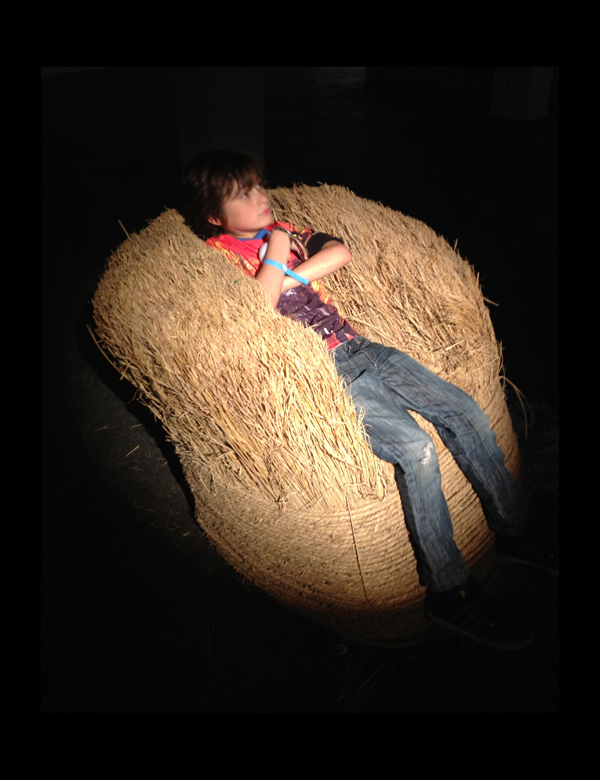



000off_SPREAD BET SOCIETY
What is society? A trade, flow or movement between capitalism vs socialism, supply and demand, debit and credit. Shifting cash amongst the labour force = looking after society. 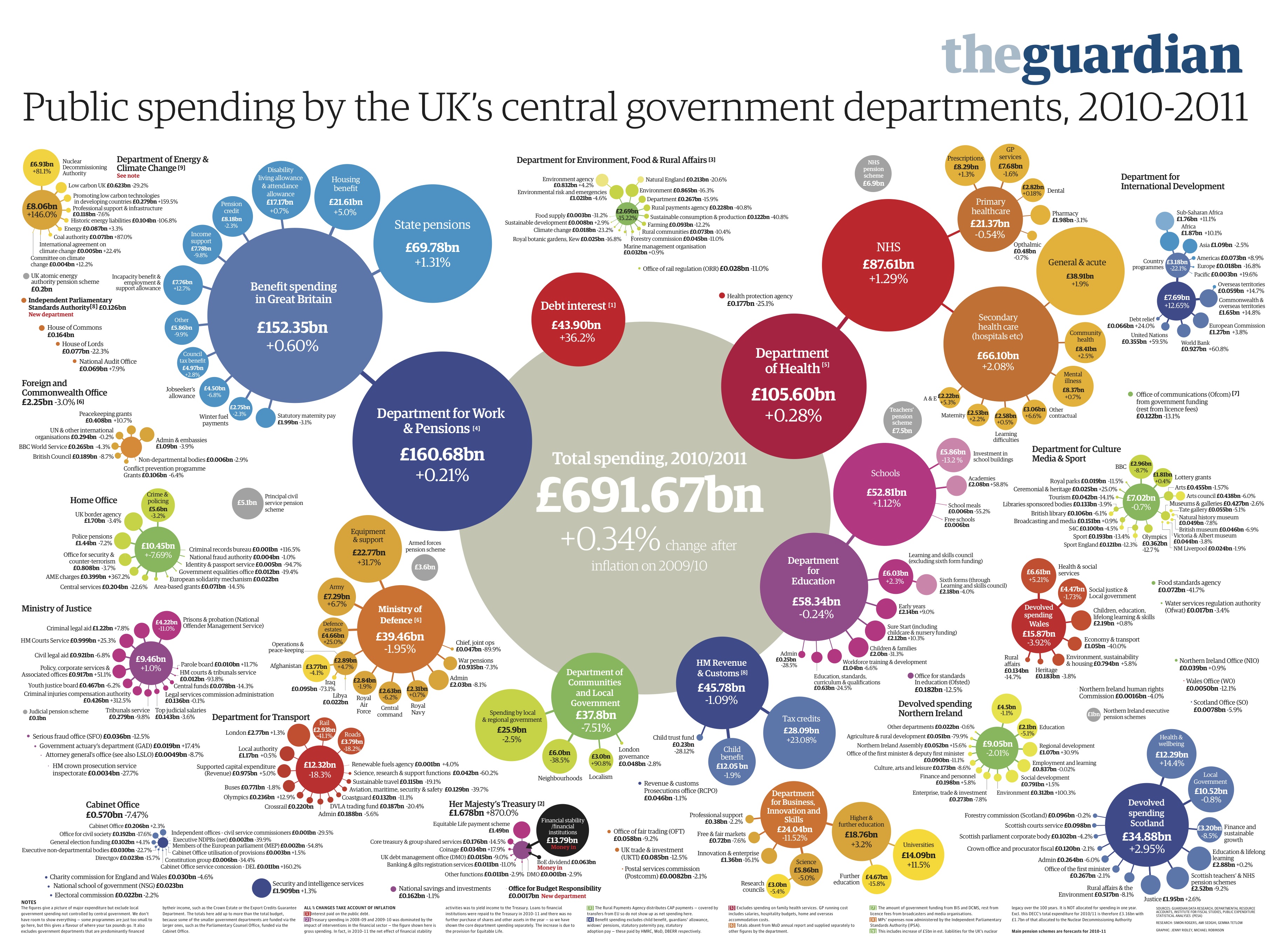


000off_Human Sofa
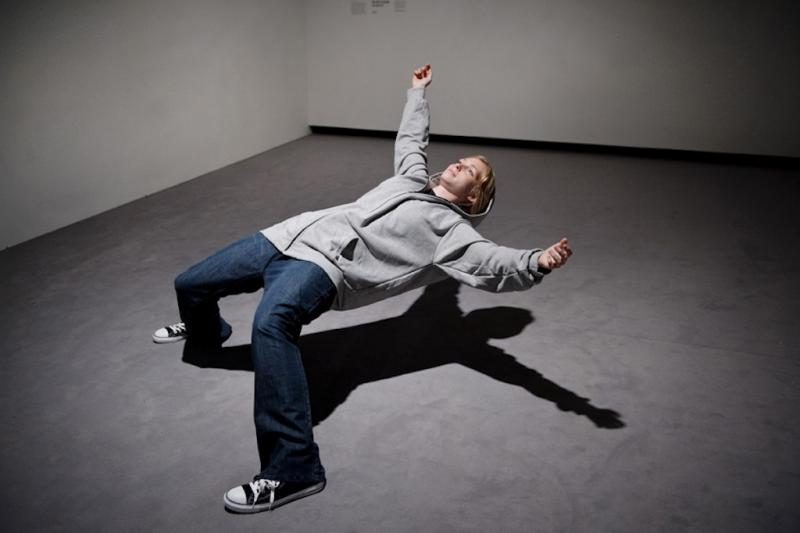 More home furnishings and better than anything at 100% Design or Salon di Mobile: human sofa by Xu Zhen, available at the Hayward.
More home furnishings and better than anything at 100% Design or Salon di Mobile: human sofa by Xu Zhen, available at the Hayward.

